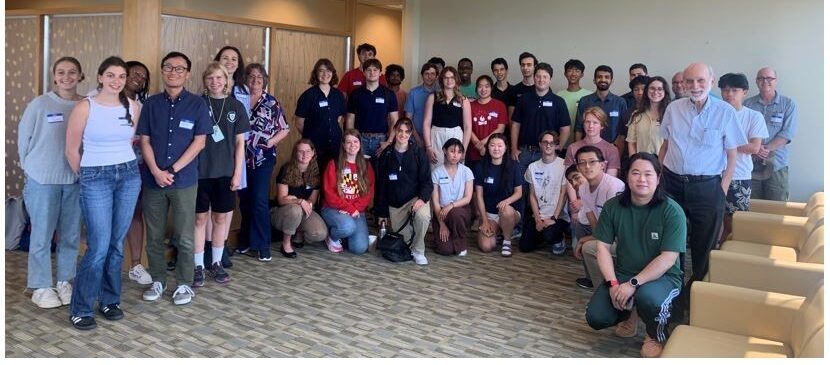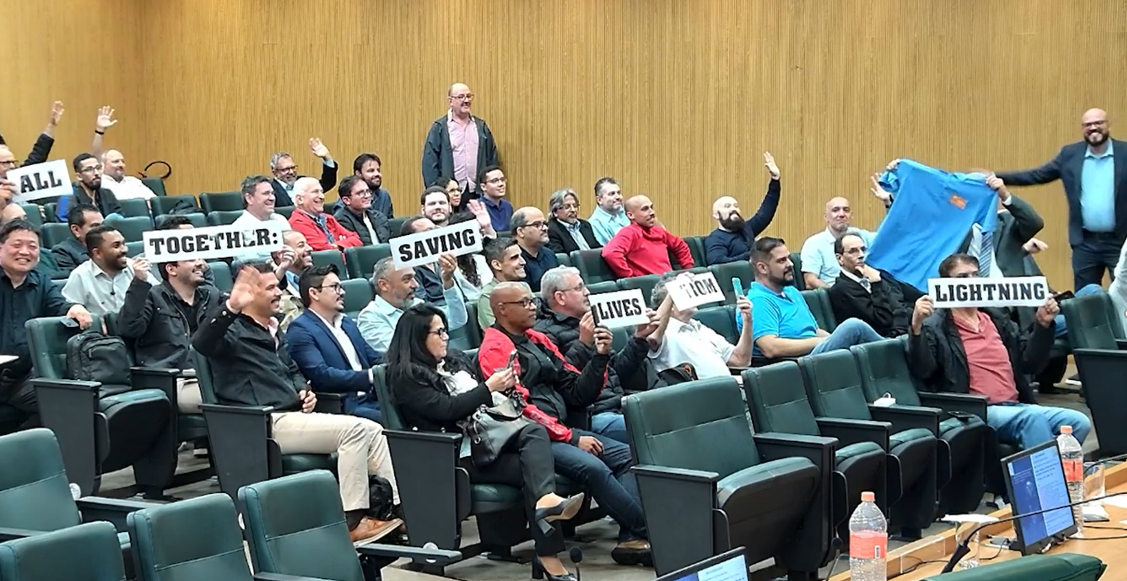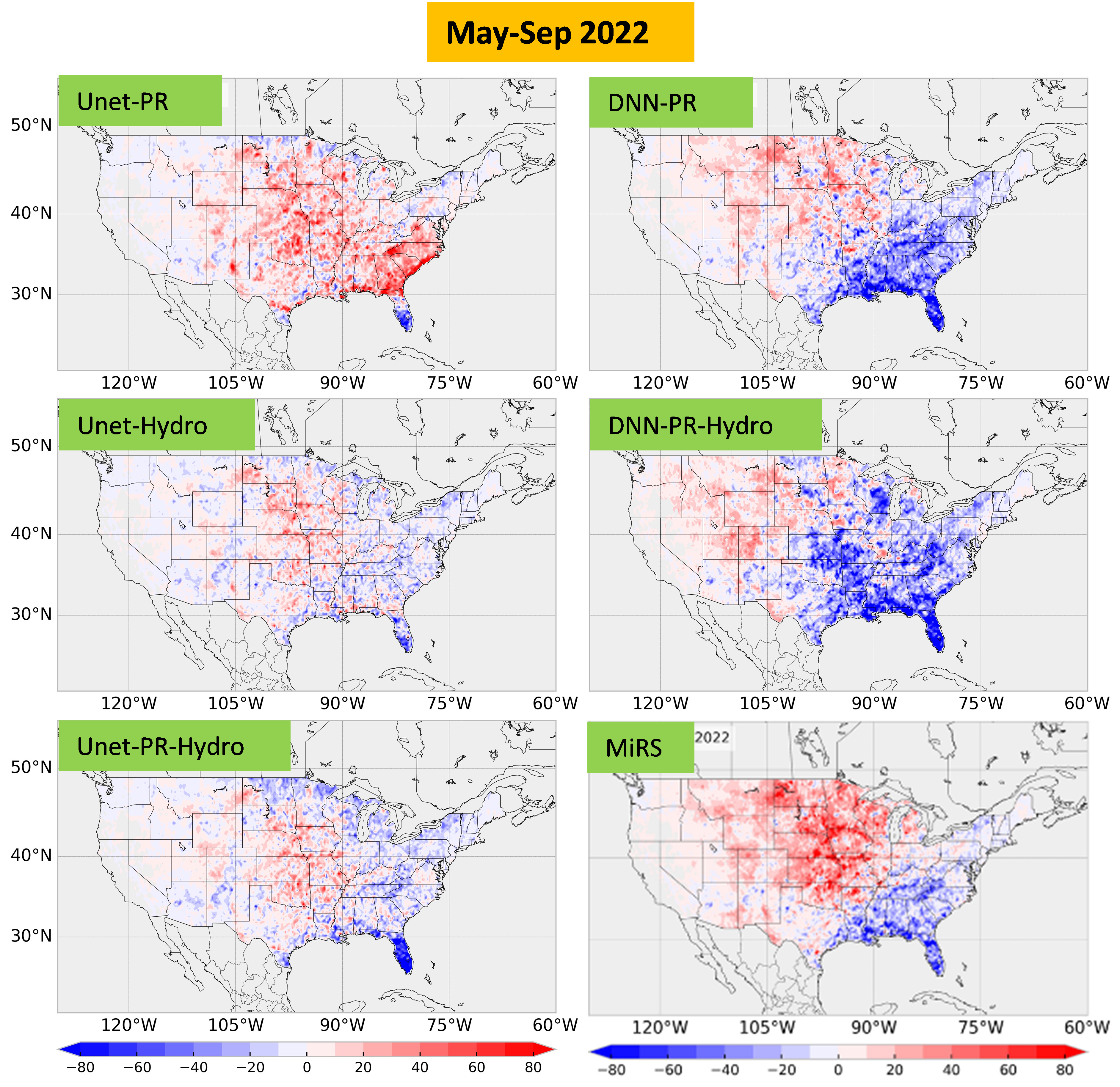
Radar Outage Costs and the Value of Alternate Datasets
Figure. Example of (left panel) radar outage frequency and (right panel) radar outage cost estimates for the year 2023. Weather radars are crucial tools for

Figure. Example of (left panel) radar outage frequency and (right panel) radar outage cost estimates for the year 2023. Weather radars are crucial tools for

The annual midsummer party for the summer internship programs was held on 17 July 2024 at the Earth System Science Interdisciplinary Center (ESSIC) Building in

ESSIC/CISESS scientist Daile Zhang took the lead and organized the 2024 International Lightning Safety Day (ILSD) Event on June 28, 2024. The ILSD event serves as an annual virtual platform dedicated to the discussion of lightning safety strategies, educational initiatives, technological advancements, methodologies, progress, and challenges from around the world. With participants from over 25 countries spanning North and South Americas, Africa, Asia, and Europe, this event aims to foster global collaboration in lightning safety.

ESSIC/CISESS scientist, Daile Zhang, held a live Reddit “Ask Me Anything” (AMA) event for the Lightning Safety Awareness Week on June 24, 2024. The event was hosted by the UMD’s College of Computer, Mathematical, and Natural Sciences.

ESSIC scientists Li-Qing Jiang, Paige Lavin, and Hyelim Yoo are a part of a team of scientists that have developed detailed maps that track ocean acidification indicators from 1998 to 2022 for eleven large marine ecosystems (LMEs) in the U.S. The study was just published in Nature – Scientific Data for this work.

ESSIC/CISESS scientist, Daile Zhang, who also serves as a Board of Directors of an NGO – African Centres for Lightning and Electromagnetics Network (ACLENet) visited Uganda last week. She and the team helped install lightning protection systems (LPSs) at the St. Victor Mulabana Primary School in Kalangala district, an Island on the Lake Victoria. Uganda experiences more than two million lightning strikes per year. The installation will protect 400+ students, teachers, and the nearby community from these lightning strikes.

Russ Dickerson, ESSIC affiliate & key investigator for Climate Resilience Network, is working on an ongoing project to characterize and improve air quality in overburdened communities in Maryland.

Last month, Alexey Mishonov participated in the International Conference on Marine Data and Information Systems (IMDIS24), held in Bergen, Norway.

ESSIC Scientist Min Huang is first author on a new article published in Eos, the American Geophysical Union’s science magazine. The article, titled “An Air Quality Model That Is Evolving with the Times”, discusses how the Sulfur Transport and Deposition Model (STEM) continues to find new applications and value in environmental science and policy making.

ESSIC/CISESS scientist Chris Grassotti along with CIRA and NOAA researchers Shuyan Liu and Quanhua (Mark) Liu, recently published a paper in the IEEE Journal of Selected Topics in Applied Earth Observations and Remote Sensing titled “Warm-Season Microwave Integrated Retrieval System (MiRS) Precipitation Improvement Using Machine Learning Methods”.